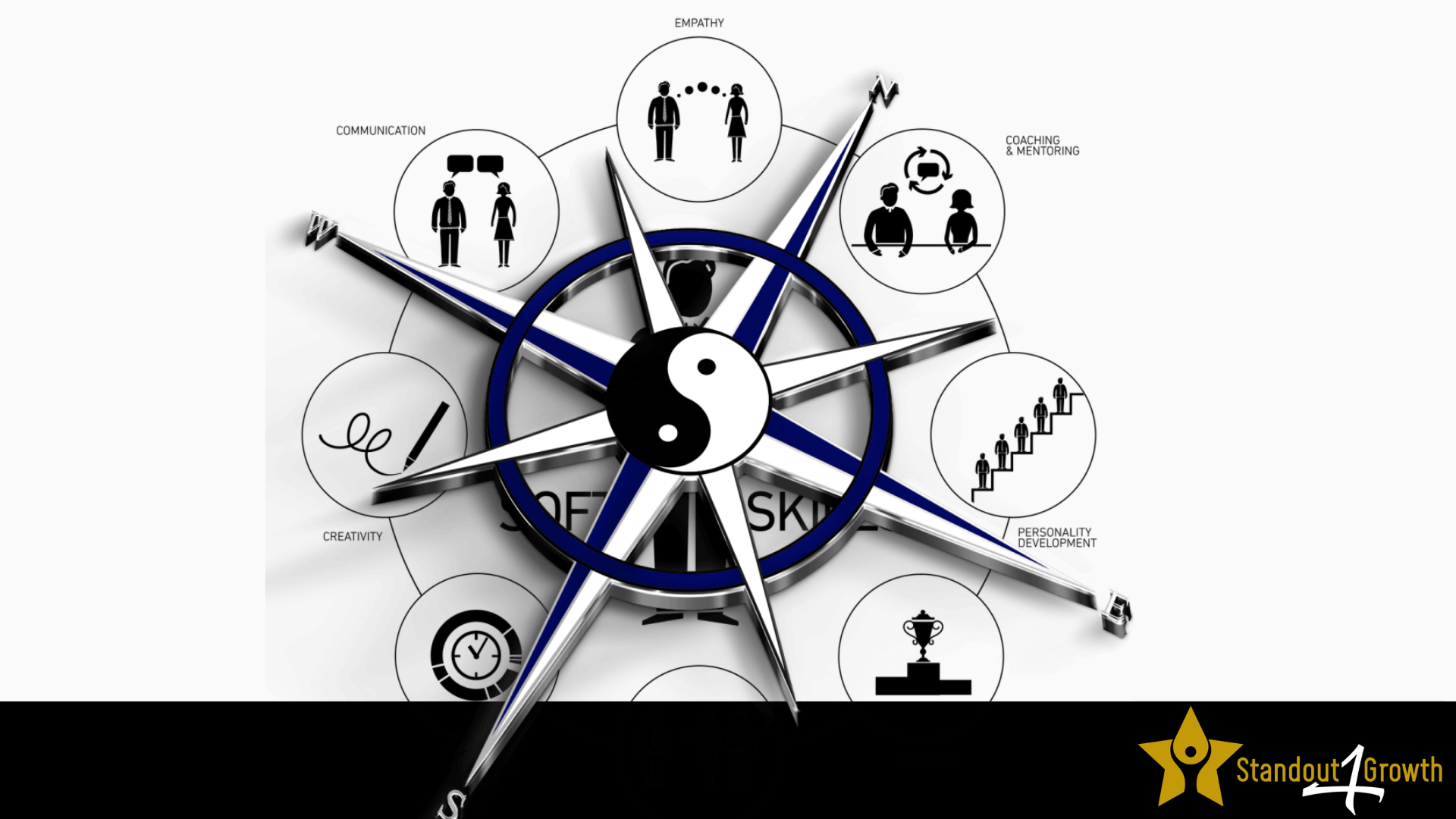
From Passion to Influence: Use Soft Skills to Shape Future Leaders
I recently participated in an online event where organizers united youths from different countries to engage in discussions around climate

Influencer marketing has become an integral part of modern marketing strategy, as it allows brands to reach a specific target audience through people they trust and follow.
Today, anybody can be a Social Influencer thanks to rise of social media as most of us are already building an online audience. The difference however is in the ability to command authority and influence the purchasing decisions of the audience
‘Influencer marketing’ has been embraced by a lot of brands globally as it’s one of the best drivers of content-driven marketing campaigns. Compared to traditional tools of marketing, statistics according to the influencer Marketing hub, show that brands are making more than 5x what they used to make working with influencers, provided they find the right ones.
These collaborations between brands and influencers depend on the type of demographic or data controlled by an influencer. For example, a clothes design company will collaborate with an influencer with a young, vibrant, and income-generating demographic while a construction company looking to set up investment / retirement homes will need an influencer with a much older demographic under his belt.
There are different types of influencers ranked according to their influencing muscle or number of followers or subscribers.
Nano influencers are the latest type of influencer to emerge, characterized by their small following, usually between 100 to 1,000 followers. They are often considered to be the most authentic and relatable of all types of influencers and tend to have a high engagement rate with their followers. They are also often considered to be more cost-effective than larger influencers, making them a great choice for small businesses and startups.
This strong connection with the audience leads to greater trust, which in turn is good for business influence and eventually, sales.
A Micro-influencer on the other hand is starting to break out into the big leagues with followers between 10,000 and 100,000. A lot of them are still very niched when it comes to the audience they maintain and still have better engagement rates compared to the big influencers.
And because influencers in this category have bigger audiences compared to the nano influencers and yet remain more affordable than the macro influencers, brands tend to establish longer-term relationships with them. This helps build brand loyalty with the audiences and in turn increase the effectiveness of influencer marketing campaigns over time.
Influencers in this category are often celebrities, athletes, or other public figures, who have a broad reach (usually a following of 1+ Million followers / subscriber) across many different demographics. Macro influencers are often used by larger brands to raise awareness and reach a large audience quickly. Due to their high following, they can be quite expensive to work with, but on the upside, they tend deliver significant results within a very short time.
One thing to have in mind when dealing with macro influencers is the fact that some followers will be more interested in the person (celebrity status of the individual) rather than the brands and this sometimes dilutes the reach of the marketing campaign.
CONCLUSION
Not all influencers are created equal. As a brand, it is important to determine the nature of influence sought while looking at the objectives of the campaign before engaging an influencer.
Micro influencers, macro influencers, and nano influencers each have their own strengths and weaknesses and choosing the right type of influencer for your campaign can make all the difference in its success. If the objective is the launch of a new product, then it is okay to engage high-reach influencers, however, and if the objective is to obtain feedback, then a tight-knit community from a nano-influencer will deliver just fine. And while becoming an influencer is about having a great following and influence, it is not all that which matters. A key aspect of getting the right influencer as a marketer is in ensuring that the influencer’s followers fall within your target audience.
Due to the dynamic nature of the digital space, it is important to note that not all online celebrities equate to offline celebrities. The online space simply gives a platform for would be influencers to launch their journey.
Thanks to social media, we can easily be considered as influencers in our own right!
Would you call yourself an influencer? Which influencer category do you believe fits you best?

I recently participated in an online event where organizers united youths from different countries to engage in discussions around climate

I recently had a profound conversation with a friend who had been promoted to a coveted role that would alleviate

The other day, my daughter came home with a brilliant observation from school: “Teachers teach us ‘1 + 1’ in